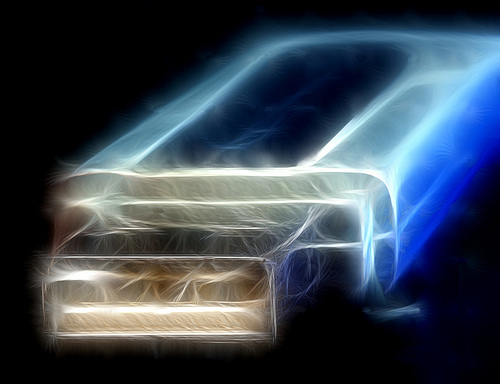16-gigabyte and larger USB sticks and memory cards are willingly chosen by computer users. Lower prices have made the purchase of a larger USB stick more profitable. However, the problem arises when we want to place it on the media file that is larger than 4 GB.
In the following case Windows displays the error message which informs us about the lack of space. This comes as a surprise for the majority of users because there is much more space on it.
The problem lies in the file system used by the manufacturers. They still use FAT32 standard which was used for hard drives years ago.
The maximum file size for FAT32 system is about 4 GB. In order to solve this problem Microsoft have introduced NTFS standard, which is not only more efficient but also facilitates partitioning.
New hard drives use NTFS by default. To use this system USB flash drives or memory cards need their systems to be formatted. This can be done in a very easy way. All one needs to do is to connect the media to your PC and place all the data that you need on it.

Then open the Computer window and right-click the appropriate drive. Click Format button. A new small window loads in which you will find some formatting options.
In the System files box change FAT32 for NTFS and make sure the allocation unit size is 4096 bytes. Select the quick format option and click Start.
Note: the above procedure permanently deletes all the files placed on the USB flash drive. When the formatting is complete you can place any new data such as videos which have more than 4 GB right away.
